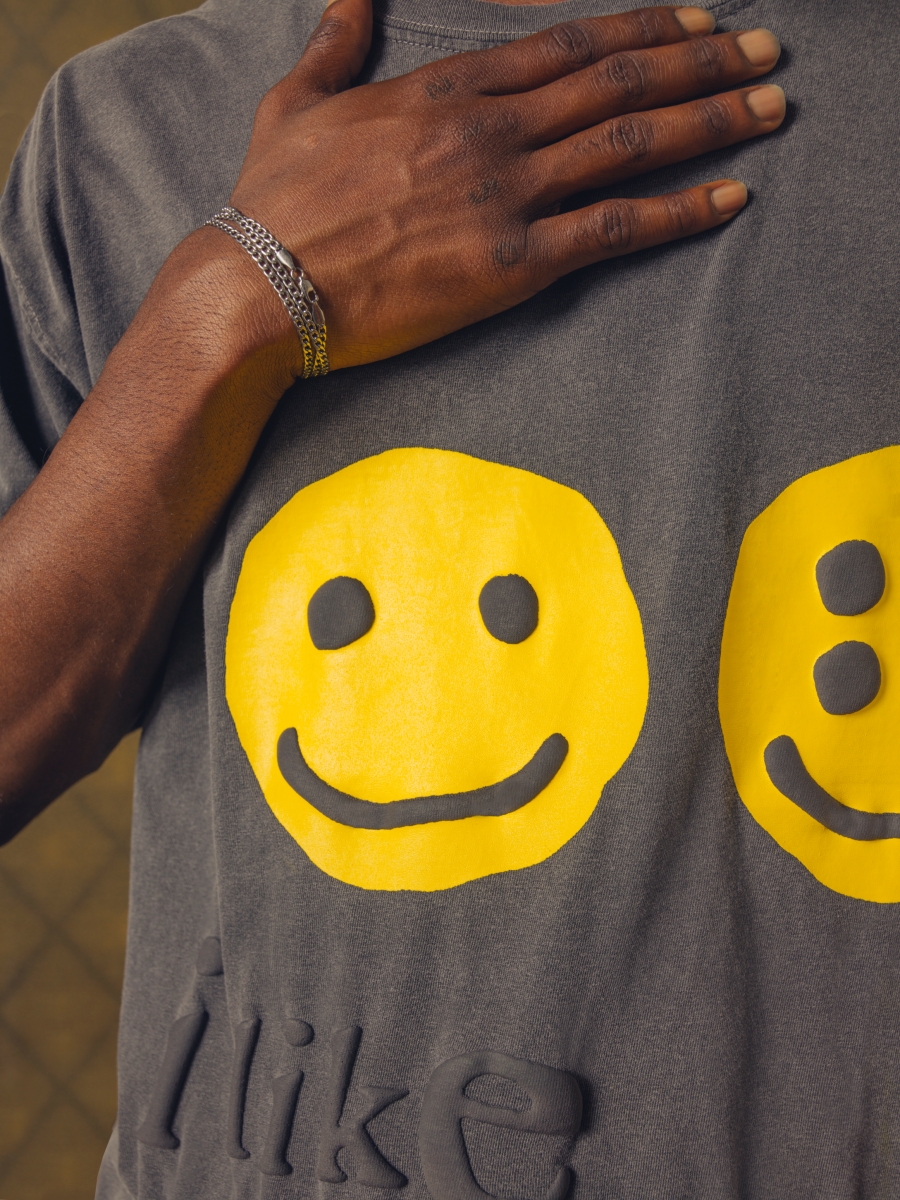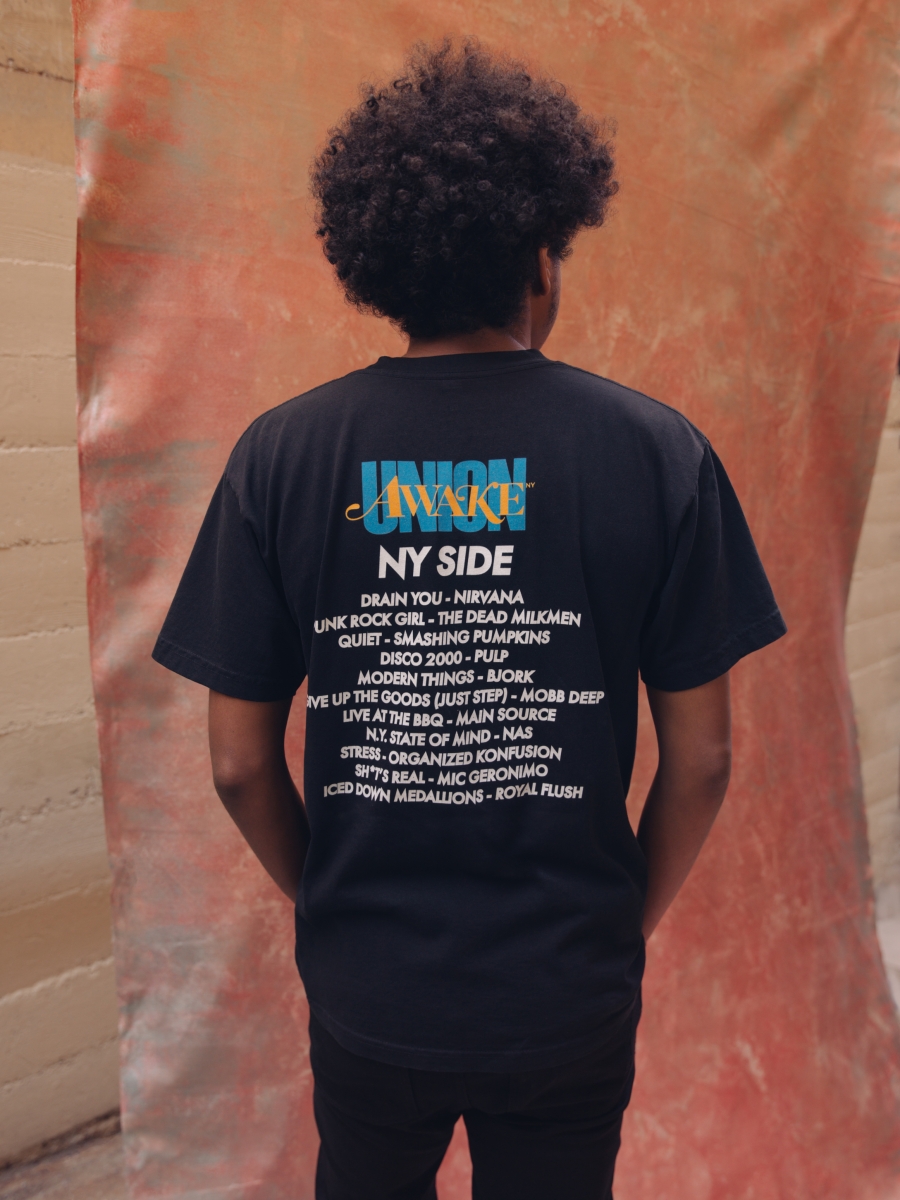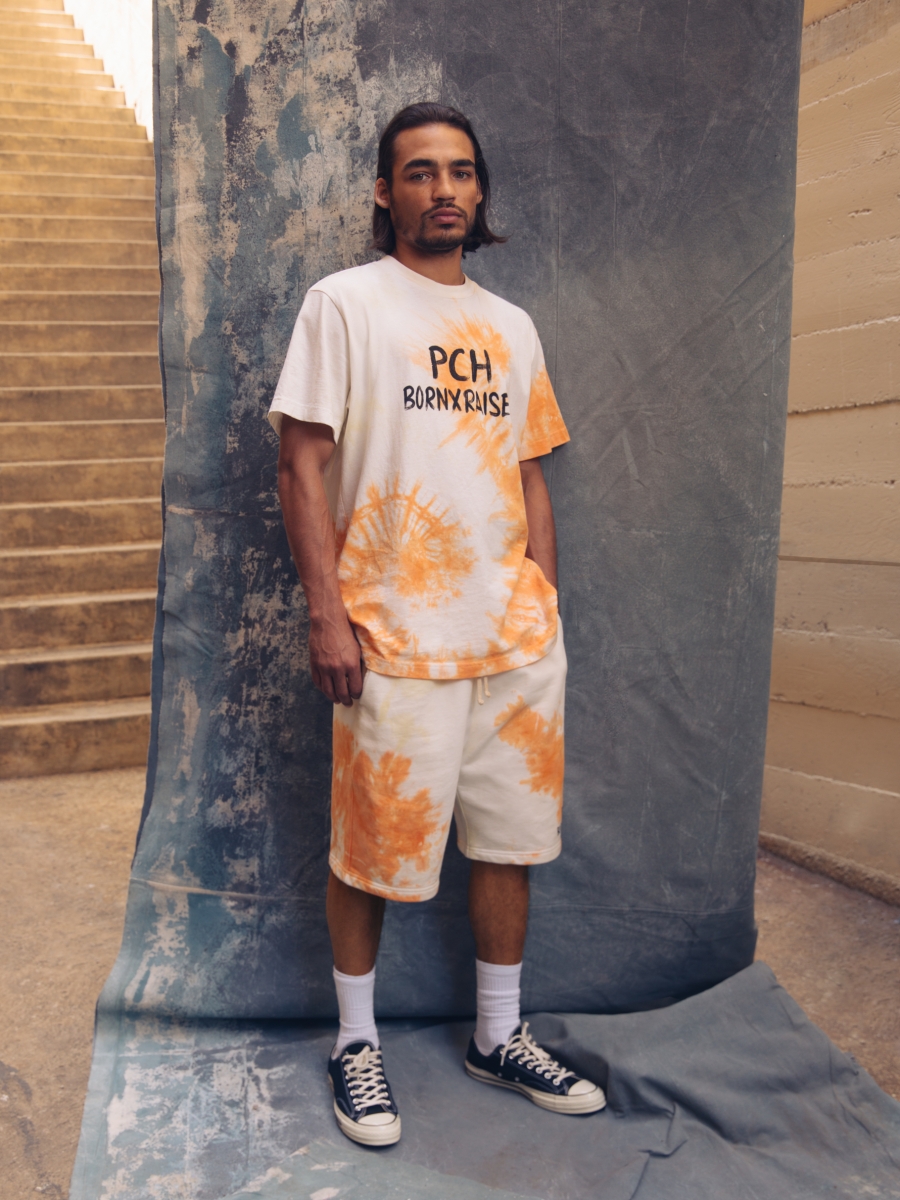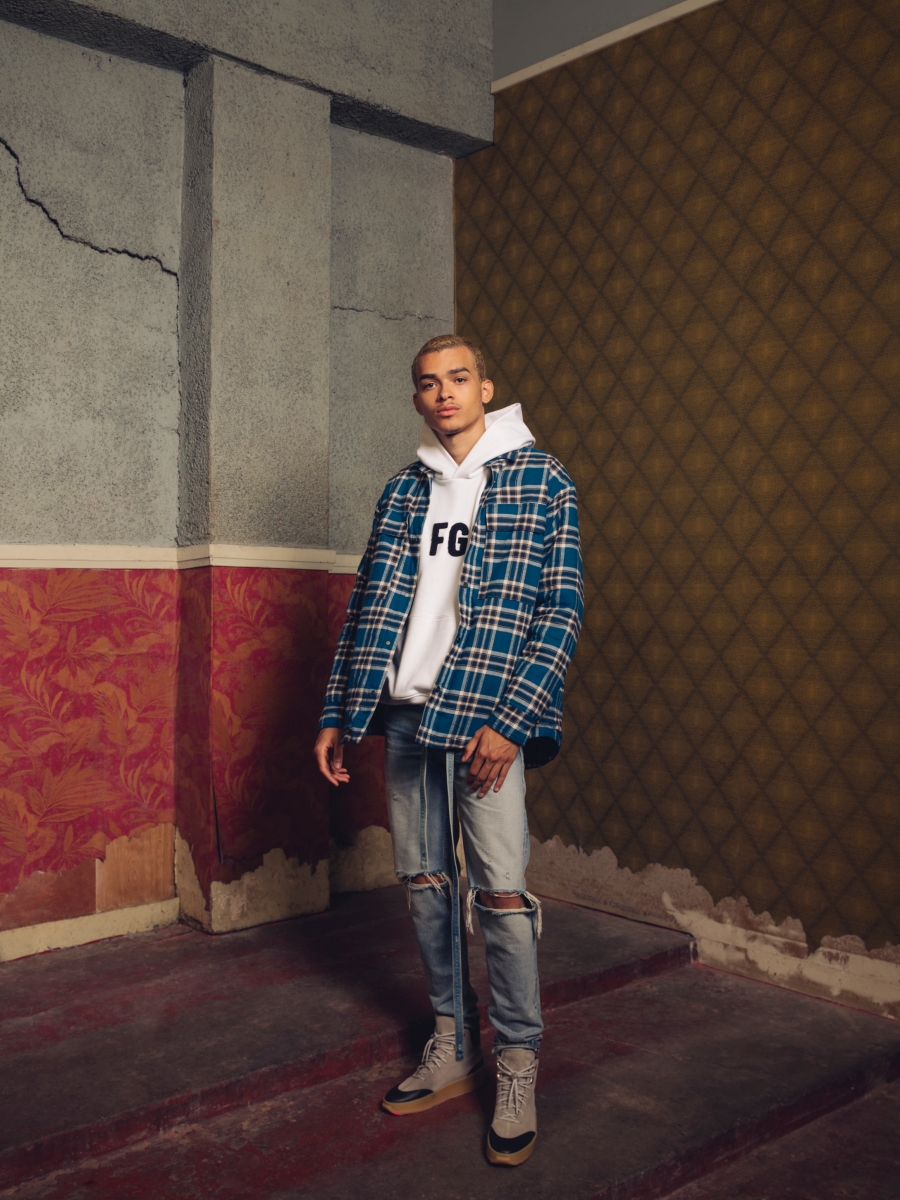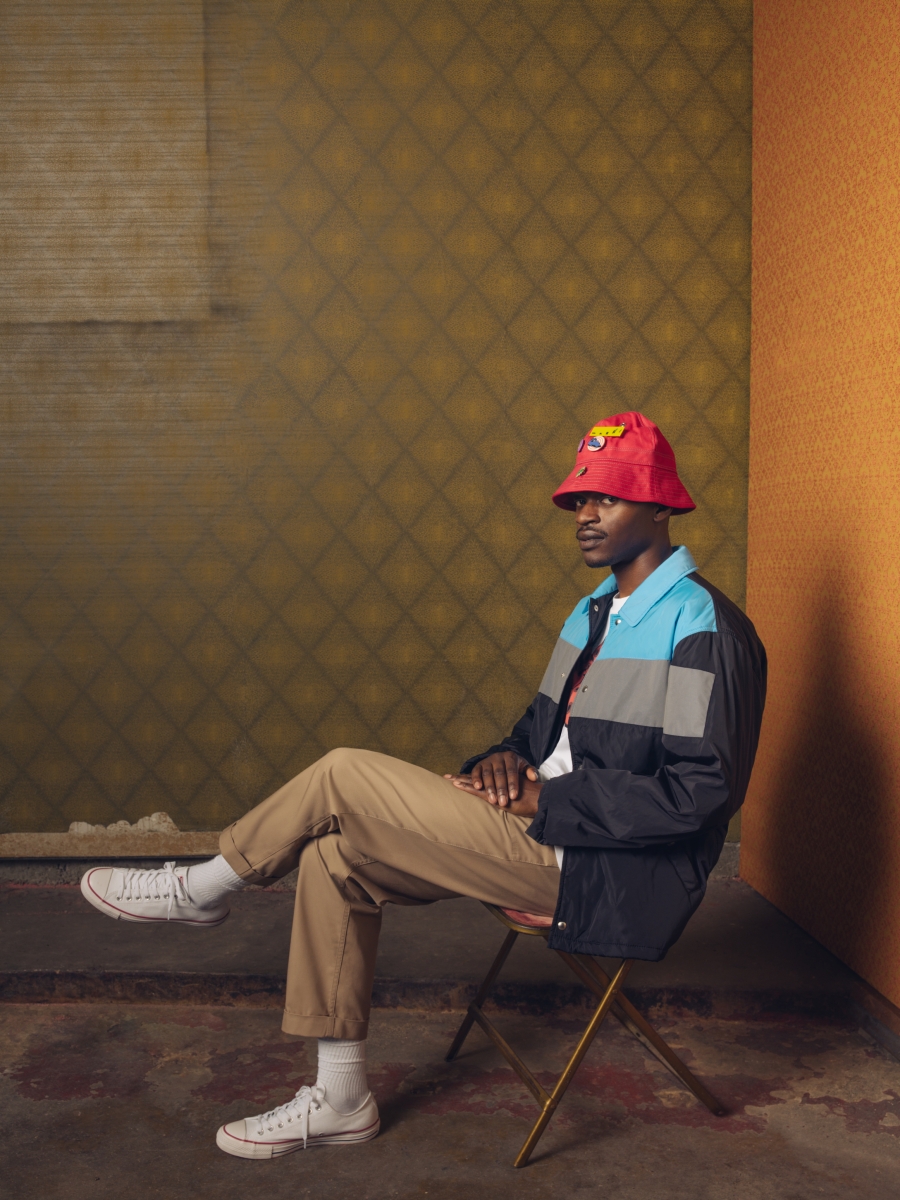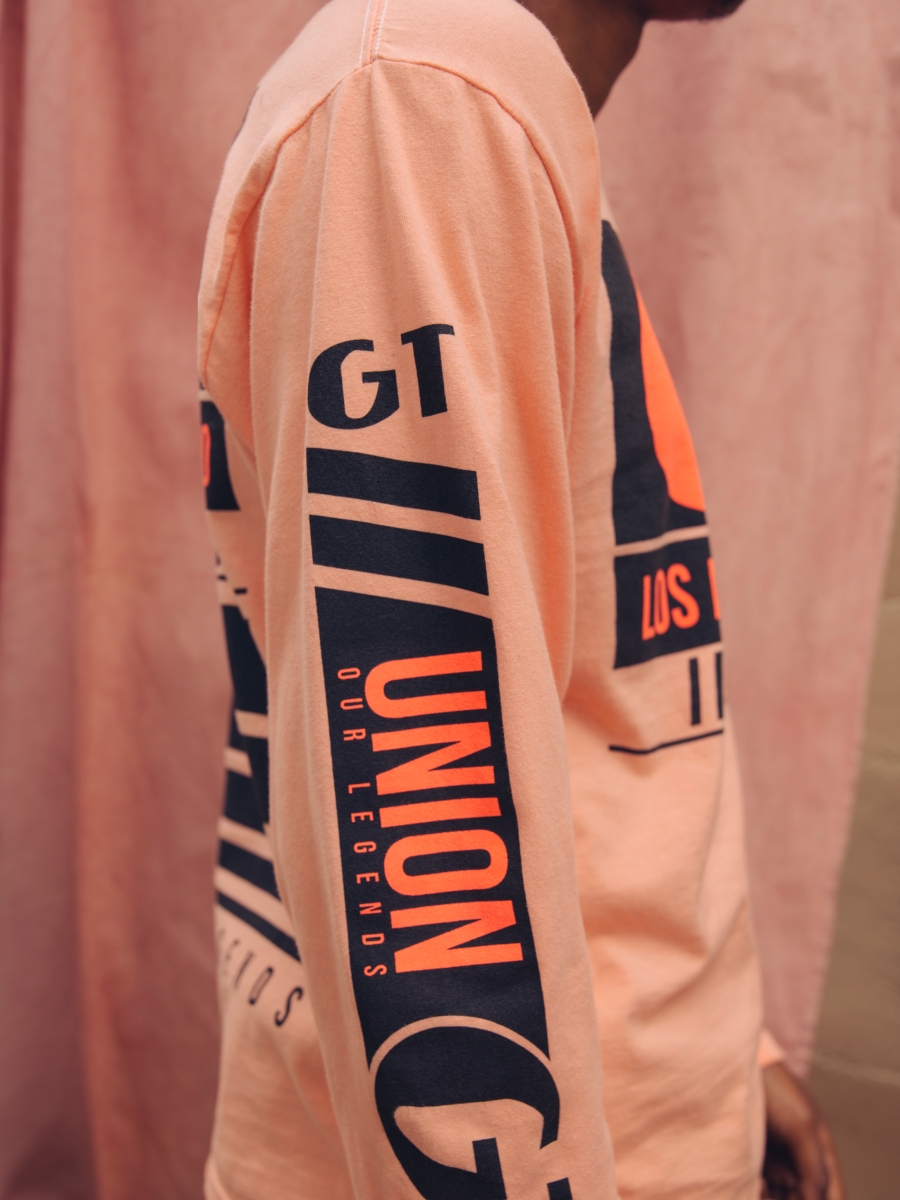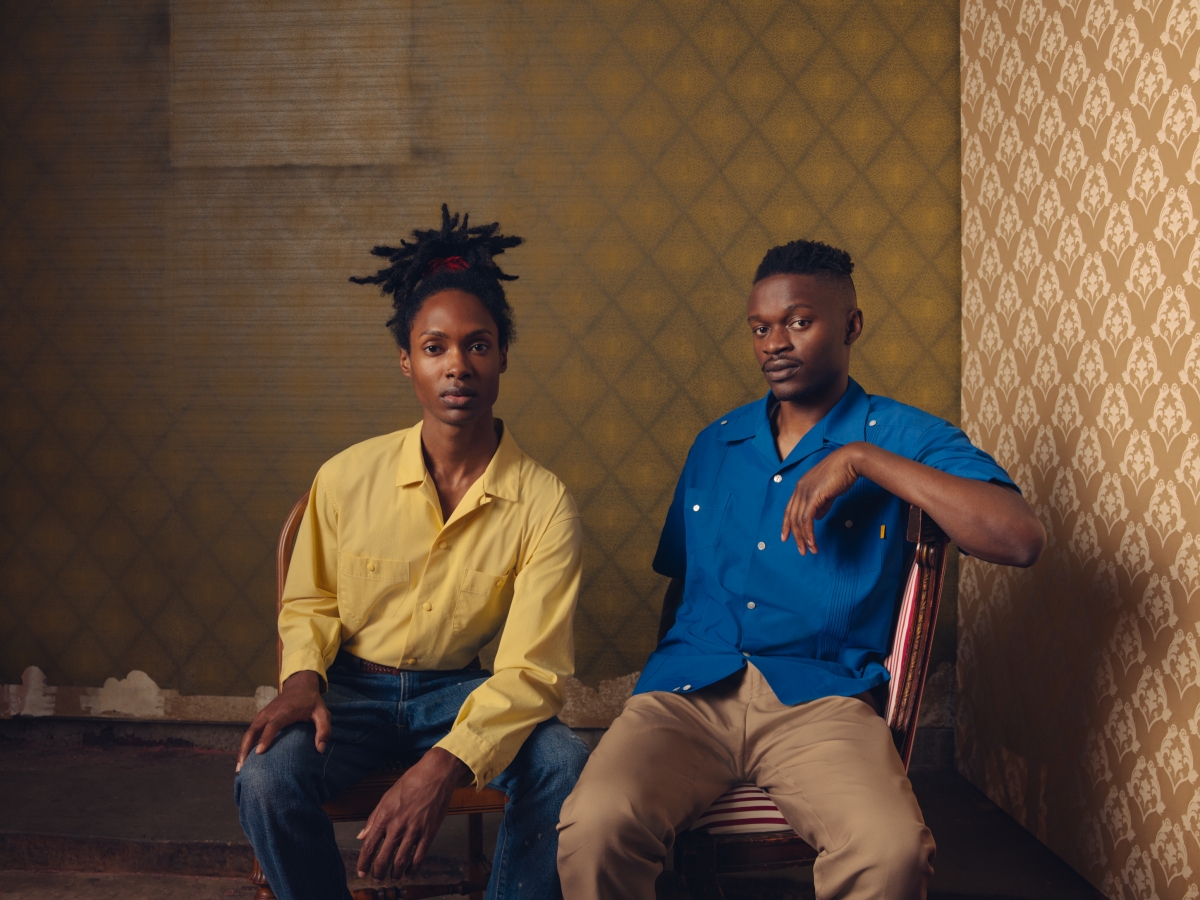Founded in 1989, Union’s history first started in New York’s Soho with the gracious ambition of giving a space to young, local designers on their way to recognition. The Los Angeles shop followed a few years later and strived to maintain the same principle born thirty years ago: embracing the creativity of fresh designers within the city while being inspired by trends coming from Japan and the UK. Union Los Angeles has now become one of LA’s prime destinations for men's contemporary fashion and streetwear. Earlier this month, Chris Gibbs, who used to work at the original NYC shop and is now the owner and operator behind Union LA, announced Union’s first ever collaboration with a national retailer: Nordstrom.
Concept 005: Union & Company features over 170 exclusive pieces across clothing, accessories and shoes from a roster of 13 brands curated by Chris Gibbs and Sam Lobban, Nordstrom’s vice president of men’s fashion. We had the opportunity to speak to both of them about their recent collaboration, but mostly about streetwear, its evolution, and its relationship to high fashion.
AUTRE: How did the two of you meet?
SAM LOBBAN: Chris and I were introduced by a mutual friend, and then we would bump into each other in showrooms during Fashion Week market around the world and talk shop. We always seemed to have a similar vibe on product and brands, which I for one found interesting and pretty cool given our very different professional backgrounds.
CHRIS GIBBS: Sam seems to remember us meeting in Tokyo…but I don’t remember that specifically. I just know that over the course of the men’s fashion gauntlet: Tokyo, Paris, Italy, NYC…I would often see Sam in the usual haunts, and over time, recognized that we shared a lot of sensibilities and we formed a friendship.
AUTRE: In collaboration on this concept project, what were some of the first conversations you had about what you wanted this pop-up to look like, and which brands you wanted to include?
SAM LOBBAN: From the start, the Union & Company concept was about giving Chris and the team a platform to tell the Union story to our customers. It was important to us that we convey what Union is all about, but at the same time have its own unique spin as a pop-up concept, hence the thirteen brand, 170-piece exclusive capsule collection featuring all but two brands which Union usually carries. For the additional two - Cactus Plant Flea Market and No Vacancy Inn - both Chris and I are fans of what each brand does, and thought they would add an interesting addition to the concept as a whole.
AUTRE: Were there any particular inspirations that you both found to be the driving force behind this pop-up? Whether it be a different concept store, another city, or even a style of design?
SAM LOBBAN: From my perspective the major inspirations would be the ideas behind Union and what they stand for: great product, an open and inclusive environment and representing a diverse range of brands and ideas across price points. I think it would be fair to say that the campaign and overall aesthetic feels pretty rooted in LA style too!
AUTRE: Are there any brands that you think are ushering in a new wave of streetwear design?
SAM LOBBAN: I think what Cactus Plant Flea Market is doing is super cool, along with the Camp High guys...I like their super interesting take on color, graphic and print placement & technique on jersey, sweat weights and shapes.
AUTRE: Do you think these kinds of pop-ups risk putting cult streetwear at risk of becoming too mainstream?
CHRIS GIBBS: I do think there is a narrative where that can happen… And some brands might succumb to the glitz and glamour of it all by overdoing it. But we (Union) have a thirty-year track record of ‘keeping it real’ and by that I guess I mean playing the long game and never overexposing any one brand or trend. The core of our business has, for some time now been Japanese street wear and three of the four brands we started with over fourteen years ago are still the leading brands in our store (Neighborhood, Wtaps and Visvim). My feeling has always been as long as you keep true to your brand ethos and don’t start doing things and making product that isn’t really true to the brand, then you don’t run the risk of saturation. This project is the perfect example. It’s a two-month pop up with a highly curated edit of brands and styles in only ten doors in the world. That isn’t mainstream.
AUTRE: Do you think streetwear has become less accessible to consumers due to the influx of luxury brands tailoring their aesthetics?
SAM LOBBAN: Personally I think the opposite; aside from the ambiguity of what ‘streetwear’ as a term really means - which seems to be a catchall for anything cool that’s going on in menswear at this point - I’d argue that more customers than ever can and want to buy into streetwear because of the range of price points available. At Nordstrom we have Union tees for $42 to Dior tees for $560, and everything in between.
AUTRE: Do you think streetwear has evolved along with high fashion brands as they have adapted to their collections to appeal to more trend-oriented customers?
CHRIS GIBBS: Sam kind of spoke to the “catchall-ness” of the term streetwear. So this is kind of tough to answer. My job as a curator, for lack of a better term, is to try and sift through everything and bring the best to our customers. Not to sound repetitive but again I would lean on our thirsty+ year history of being Los Angeles’s best kept secret. Correct me if I am wrong, but Autre is a LA-based magazine who has covered many brands we sell, designers we offer, artists we support and this might be the first article about us. And I kind of like that. There is something kind of cool and mysterious about what and how Union exists. Guess I digressed there, sorry. Ok, so the question was has streetwear evolved to be more trendy? Some parts of it have for sure…some of streetwear’s most respected and longstanding brands are now household names, that said, others are still wildly successful, yet still super niche and underground. Streetwear is very pluralistic in that way.
AUTRE: Has the ethos behind streetwear as a cultural concept been diminished by high fashion?
CHRIS GIBBS: I will admit, I do think high fashion brands are doing their best to use the ‘streetwear’ playbook and unlike most streetwear brands, high-fashion brands have multimillion dollar ad campaigns and marketing teams behind them. And I will go a step further and say some are doing a really good job at it. I suppose for me we have always been a niche store and have largely enjoyed support from the customer who really gets it. The guys and girls who want honest, organic and holistic take on fashion. In those people we will always have support and they aren’t as easily lured away as most. There are some high fashion brands that for sure are using streetwear’s new found popularity to keep themselves relevant, while others are working with, not against streetwear in a more collaborative way that I think is healthier.
AUTRE: Do either of you think that there is any single city that consistently ignites global streetwear trends?
SAM LOBBAN: I think by its very nature a number of major cities add their own trends to the global streetwear conversation, rather than any single one. I think there are lines which you could draw back to New York, LA, Tokyo, London and beyond.
AUTRE: Would you consider Los Angeles to be a city of a trend-starters or of trend-followers?
CHRIS GIBBS: What I would say is this, I am a firm believer that streetwear was born in NYC, but at some point during the early ought’s it seemed to migrate west or at the very least become bicoastal. So there is a very strong, very dope LA version of streetwear, which is a community that I think is really dope. The Japanese streetwear that we introduced to the US, for example was really done from LA and that is a huge part of streetwear. And for Union we wouldn’t be here today without the support and patronage of some really dope trend setters in Los Angeles.
AUTRE: How would you describe the fashion aesthetic of this generation?
CHRIS GIBBS: My wet dream. A truly free and democratic mix of all genres and subgenres of fashion - high, low, vintage, contemporary, hippie, cross dressing, you name it.
AUTRE: Do either of you have any trend forecast predictions for the near future of streetwear?
CHRIS GIBBS: As high fashion willingly blurs the lines, the pendulum can swing both ways…streetwear will start using their playbook, but through a younger more innovative lens.
The pop-up shops will be available July 11 through September 1 at select Nordstrom stores and Nordstrom.com/NewConcepts.

